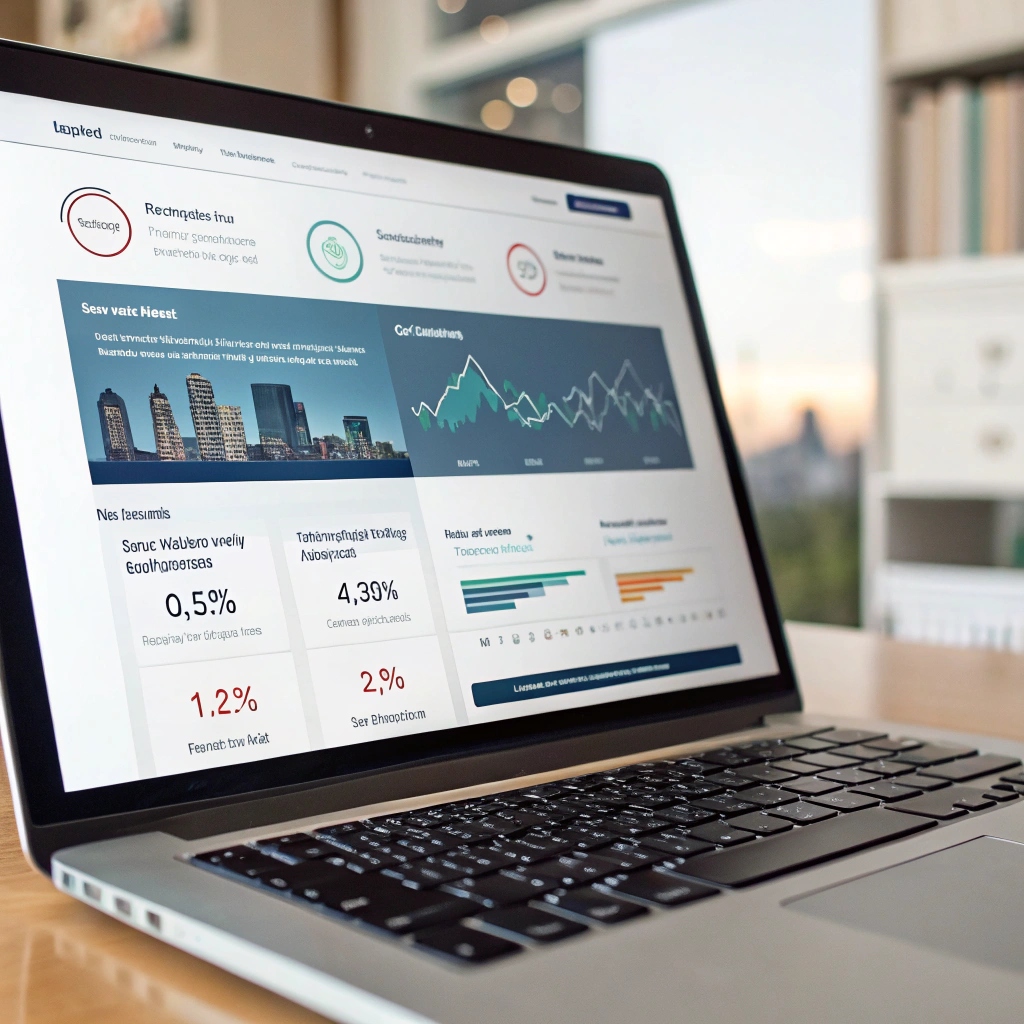A website is more than just a virtual business card—it’s often the first interaction a customer has with your brand. As businesses compete for online visibility and engagement, one key factor stands out as a game-changer: web design. Your website’s design doesn’t just affect how it looks; it plays a crucial role in influencing bounce rates and session time—two vital metrics that can make or break your digital success.
Let’s dive deep into how web designing directly impacts these metrics and why choosing a professional website designing company in Mayur Vihar can give your business the edge it needs.
Understanding Bounce Rate and Session Time
Before analyzing how design affects these metrics, it’s essential to understand what they are:
- Bounce Rate: This is the percentage of visitors who land on your website and leave without navigating to any other page. A high bounce rate often indicates that users didn’t find what they were looking for or were turned off by something immediately.
- Session Time (Average Session Duration): This metric measures how long a visitor stays on your website during a single session. Longer session times usually indicate higher engagement, interest, and trust in your content or service.
Both of these factors are not only important for user experience but also influence your website’s SEO and search engine rankings.
The Design Factor
Studies suggest that users form an opinion about a website in less than 0.05 seconds. That first impression is almost entirely based on design. If your site looks outdated, cluttered, or confusing, users are likely to exit quickly, raising your bounce rate and lowering session time.
A well-designed website can engage users visually and emotionally, encouraging them to explore more, interact, and even convert. Here are some design elements that impact user behavior directly:
1. Responsive Design
With mobile devices accounting for over half of all web traffic, a responsive design is no longer optional. A website that adjusts seamlessly across different screen sizes improves user experience and ensures that visitors don’t bounce due to usability issues.
If your site looks great on desktop but is difficult to navigate on mobile, users will leave within seconds. A trusted website designing company in Mayur Vihar can help you create a responsive design that enhances accessibility and usability across all devices.
2. Navigation and User Flow
Clear, intuitive navigation helps users find what they’re looking for without confusion. If users struggle to understand where to click next or can’t find relevant information easily, they will leave.
Good navigation includes:
- Logical menu structure
- Clear CTAs (Call-to-Actions)
- Breadcrumbs for better orientation
- Search functionality
An expert designer will map out a user journey that keeps visitors moving through your site, which directly reduces bounce rate and increases session duration.
3. Loading Speed
Your website could have stunning visuals and excellent content, but if it takes too long to load, users won’t stick around. According to Google, the probability of bounce increases by 32% as page load time goes from 1 to 3 seconds.
Speed optimization techniques include:
- Compressing images
- Minimizing CSS and JavaScript files
- Leveraging browser caching
- Choosing a reliable hosting service
A professional website designing company in Mayur Vihar ensures that these backend optimizations are taken care of, helping your site load faster and perform better.
4. Visual Hierarchy and Layout
Visual hierarchy refers to the arrangement of elements in a way that guides the viewer’s eye and attention. Good layout ensures that the most important information stands out, encouraging users to stay and explore more.
This includes:
- Using larger fonts for headlines
- Contrasting colors for CTAs
- Organized grid systems
- Adequate white space to avoid clutter
A well-structured layout keeps the audience engaged and curious, increasing the time they spend on each page.
5. Content Presentation
How content is presented—visually and textually—matters a lot. A wall of text can overwhelm users and send them bouncing. On the other hand, well-formatted content with:
- Bullet points
- Subheadings
- Images and infographics
- Short paragraphs
6. Consistency in Design
Consistency builds trust. If your website has different fonts, clashing colors, or an inconsistent layout from page to page, it appears unprofessional and can lead users to question the credibility of your business.
A consistent theme across all pages ensures smoother navigation and a more trustworthy feel, encouraging repeat visits and longer engagement.
7. Interactive Elements and Engagement
Websites that include interactive features—like quizzes, sliders, chatbots, and animations—can significantly boost session time. These elements capture attention and give users something to do beyond just reading or scrolling.
Engagement tools like:
- Comment sections
- Feedback forms
- Interactive product previews
8. Trust Signals and Credibility
Design elements that build trust—such as SSL certificates, client logos, testimonials, certifications, and social proof—can greatly impact user behavior.
When users feel safe and reassured, they are more likely to spend time exploring your offerings rather than bouncing off to a competitor’s site.
Why Choose A Website Designing Company?
If you’re a business located in or around Delhi, working with a website designing company in Mayur Vihar comes with numerous advantages:
- Local Expertise: A deep understanding of local market trends and user behavior.
- Personalized Service: Easier communication and customized solutions tailored to your specific business needs.
- Cost-Effective Packages: Many companies offer affordable design solutions without compromising on quality.
- SEO and Performance Optimization: Local agencies often offer full-stack services, including SEO, ensuring that your website is optimized for both search engines and user experience.
By collaborating with a skilled design team, you ensure your site isn’t just beautiful but also strategically built to reduce bounce rate and maximize session duration.
What is bounce rate, and why is it important?
The bounce rate is the percentage of visitors who land on your website and leave without interacting with other pages. A high bounce rate often indicates poor user experience or irrelevant content, and it can negatively affect your search engine rankings.
How does web design influence bounce rate?
Web design affects bounce rate through visual appeal, navigation, responsiveness, page load speed, and usability. A cluttered or slow-loading website can cause visitors to leave immediately, increasing bounce rate.
What design elements help increase session time?
Elements like clean layouts, readable typography, engaging visuals, clear calls-to-action, interactive features, and easy-to-use navigation encourage users to explore more, thereby increasing session duration.
Is responsive web design necessary for reducing bounce rate?
Yes, absolutely. A responsive website ensures that your site looks and functions well on all devices, especially mobile. If users have a poor experience on mobile, they are more likely to bounce.
How does page speed relate to bounce rate and session time?
A slow website frustrates users, leading them to exit quickly. Fast-loading pages help retain users and encourage them to engage longer with your content, thereby reducing bounce rate and increasing session time.
Conclusion
Web design is much more than aesthetics. It’s a strategic tool that directly affects how users interact with your site. From layout and color schemes to responsiveness and page speed, every design choice plays a part in shaping the user experience.
If you’re serious about reducing bounce rates and increasing the time users spend on your site, it’s time to evaluate your web design. Investing in a professional website designing company in Mayur Vihar can make all the difference—not just in how your website looks, but how it performs.








